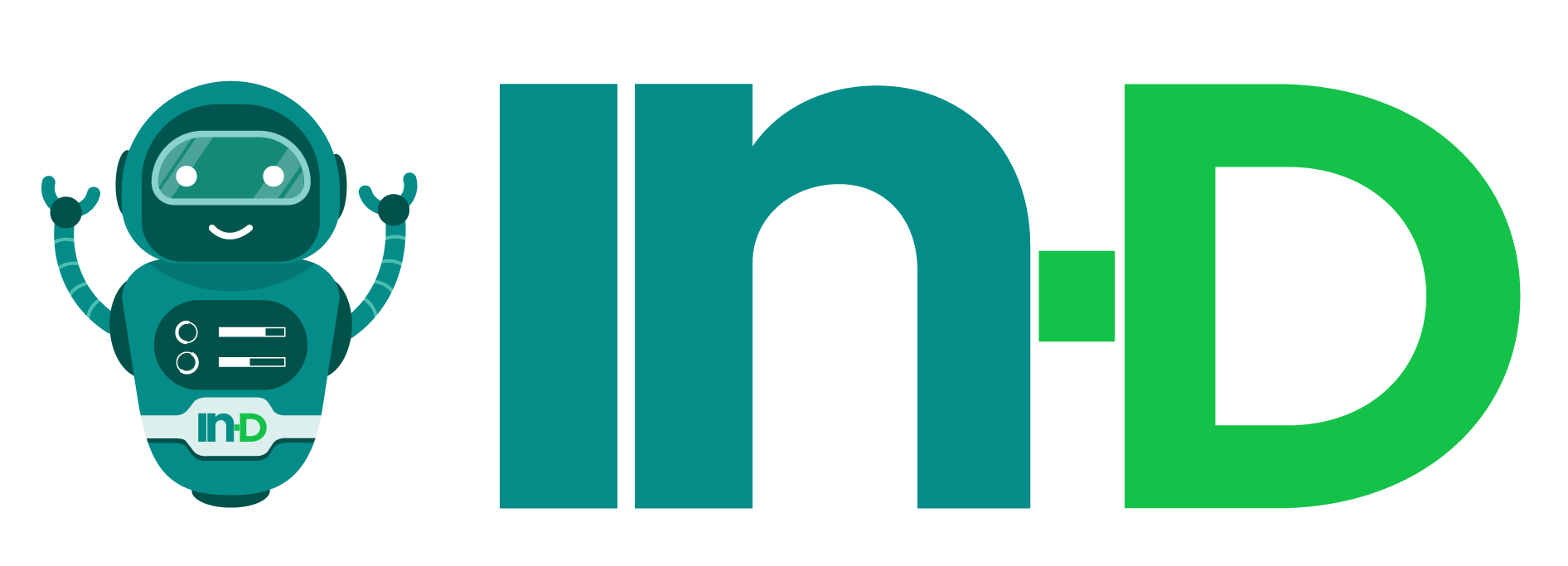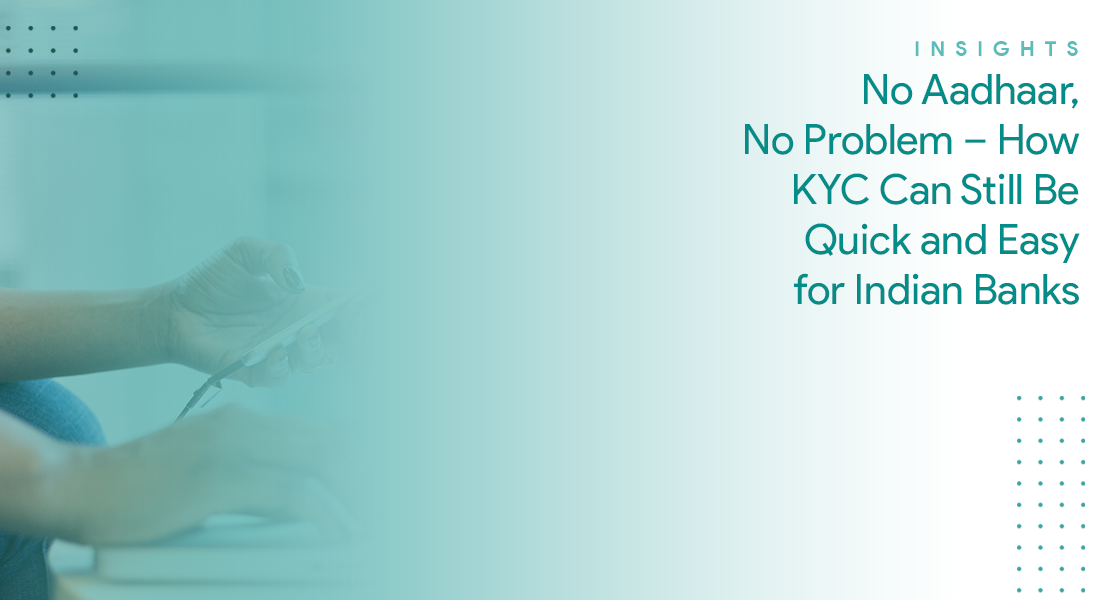Historically, opening a bank account or applying for a loan has proved to be extremely challenging due to Know Your Customer (KYC) guidelines, which require proof of identity and address and various other documents. This is especially true for banks and financial institutions that do not have the capability or technology to collect, verify and digitize documents, and for unbanked groups that suffer due to the inability to offer proof of identity. Do you know? About 17.7 % of the world’s population does not have access to official KYC. That’s exactly why digitization of documents has become a requisite for a streamlined KYC process.
The ban on Aadhaar-based e-KYC
When Aadhaar was first launched in 2009, it was meant to offer a unique identification number for every person residing in India. What many didn’t realize was that Aadhaar was going to be valid only to avail government welfare schemes, and as a link to an individual’s PAN while filing Income Tax returns and not as a proof of identification for private institutions. This was confirmed by a Supreme Court ruling in September 2018; private entities like telecom operators, NBFCs, financial institutions, and insurance companies can no longer demand Aadhaar data from customers for e-KYC. The ruling was made in an attempt to restrict PAN duplication, curb black money, enhance tax compliance and safeguard personal data.
However, with the Supreme Court barring private entities including banks from using Aadhaar for digital authentication, the implications are far-reaching:
- The last couple of years saw banks carrying out Aadhaar-based e-KYC; the process was not only quick but also extremely convenient.
- Aadhaar-based e-KYC allowed online authentication of customers that resulted in the quick issuance of loans and hence, better customer satisfaction.
- However now, banks and other financial institutions can no longer use Aadhaar for e-KYC. Aadhaar can only be used as an ID or address proof but not for biometric verification or e-KYC.
- Having to turn to manual, paper-based verification of documents is poised to slow down the enrolment process and will also throw up more security risks.
- The KYC process, which took agents just a few hours to complete with Aadhaar is now taking around 5-6 days.
- And the cost of enrolling a new customer has also shot up substantially; now agents are having to go to each customer’s house and verify all the details manually.
- Even a single day’s delay in validating documents can result in the customer changing his mind about opening a bank account or applying for a loan.
- Competition for immediate approval has resulted in oversimplification of the underwriting process, which is impacting the authenticity of the customer applying for the loan.
How digitization of documents can help
With the Supreme Court putting a ban on Aadhaar-based e-KYC, private companies are struggling with streamlining the KYC process. This is where IN-D can help. All you need to do is upload KYC documents including PAN, driving license, utility bills along with income documents such as salary slips, bank statements and financial statements, and allow the IN-D bot to digitize them instantly.
The end result? A motivated sales team, reduced operations costs, lower error rates and happier customers you won’t lose while your back-office team is reading the scanned documents sent to them.
IN-D automates the process of document digitization using AI and prevents motivated and productive agents from wasting time coordinating with the back-office. The deep learning algorithms ensure seamless data extraction and integration with existing workflows that reduce errors and improve productivity by at least 50%.
The IN-D solution:
- Digitizes all KYC and income documents at source – immediately and accurately.
- Builds its own algorithm from years of lending and wisdom and eliminates underwriter bias.
- Advises underwriters and auditors not with intuition or observation, but with hard facts.
- Supports the collections team by identifying loans that are more likely to default
- Advises on the safe loan amount that should be granted to a customer and allows adjustment of the rate based on risk.
- Provides the default probability of a loan within seconds by processing all data available
What makes IN-D unique
The IN-D bot is equipped to carry out smart document processing and underwriting, something not many tools can currently do. By extracting data from structured documents (IDs, account statements, etc.) and unstructured documents (contracts, transcripts etc.), IN-D carries out data processing at source – so no time is lost in interacting with back office personnel. In addition, there are many reasons what make IN-D truly unique:
- IN-D’s underwriting module uses deep learning to evaluate a loan application based on a large set of variables, learns from actual outcomes of loans and free from any bias, and provides a likely outcome of the loan.
- By combining image processing, computer vision and Natural Language Processing, it avoids being constrained by specific templates and has ability to process documents of varying quality.
- Whether it is enabling due diligence on loan contracts or reading an annual report or simply helping a sales executive onboard a client, if there is a document, IN-D will read it.
- Whether the documents are on premises or on cloud, integrated with legacy systems, ERP, banking or any other workflow, IN-D’s core algorithm can be trained to suit the need.
- Whether the documents are structured or unstructured, printed or hand written, IN-D can read them with very high accuracy; and whenever corrected, it learns so as not to repeat mistakes.
Make the process of e-KYC quick and easy
As companies struggle with the KYC process, following a ban on Aadhaar-based e-KYC, IN-D bot is all you need for faster, cheaper and safer credit. No Aadhaar, No Problem. IN-D solution helps you to carry out seamless digitization of documents, which in turns helps in quicker verification. IN-D not only analyzes and extracts historical pattern from the data automatically for better classification, it also keeps improving its decision-making accuracy through active learning. Quickly move from data to decision and pave the way for quicker verification with IN-D.







